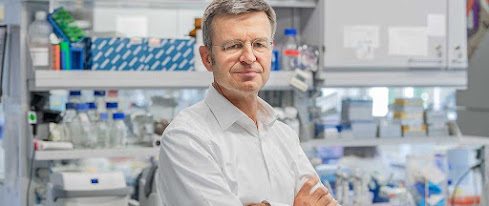 |
| Excavated Nok vessels are cleaned and photographed at the Janjala research station, shown in the picture: Dr Gabriele Franke, Goethe University Credit: Peter Breunig |
A team of scientists, led by the University of Bristol, in co-operation with colleagues from Goethe University, Frankfurt, has uncovered the first insights into the origins of West African plant-based cuisine, locked inside pottery fragments dating back some 3,500 years ago.
West African cuisine has long been known for its distinct ingredients and flavors, often enhanced by the addition of a large and diverse range of plant foods.
A traditional meal comprises a starchy staple cooked in a pot, served with a sauce prepared from vegetables, fish and/or meat, often accompanied by pulses.
These starchy staples include root crops such as yams, cassava, sorghum, pearl millet and maize. In the northern Sahel and savanna zones, pearl millet is mainly prepared as porridge, while in the southern forest zone, a pounded mash from tuber crops such as yam, called fufu, is the major starch-rich element.
 |
| Excavating Nok terracotta pottery vessel at Ifana 3 site Credit: Peter Breunig |
These include leaves from the amaranth, roselle and baobab tree. However, investigating the origin of vegetables and leafy greens is difficult as they do not generally survive over archaeological timescales.
The Bristol team carried out chemical analysis of more than 450 prehistoric potsherds from the Central Nigerian Nok culture to investigate what foods they were cooking in their pots. The Nok people are known for their remarkable large-scale terracotta figurines and early iron production in West Africa, around the first millennium BC.














.jpg)

